What is heroin?
Pure heroin (diacetylmorphine) is a white powder with a bitter taste abused for its euphoric effects. Heroin, a highly addictive drug, is derived from the morphine alkaloid found in opium poppy plant (Papaver somniferum) and is roughly 2 to 3 times more potent than morphine. It is usually injected, smoked or snorted up the nose. It exhibits euphoric (“rush”), anti-anxiety and pain-relieving properties.
- Most illicit heroin is sold as a white or brownish powder and is usually “cut” with other drugs or with substances such as sugar, starch, powdered milk, or quinine. It can also be cut with strychnine or other poisons. This is the form that is injected.
- Potent opioids such as fentanyl and carfentanyl have been found cut into heroin accessed on the streets, and can be deadly to the unsuspecting user.
- Another form known as “black tar” may be sticky, like roofing tar, or hard, like coal. Its color may vary from dark brown to black. This form is usually smoked or snorted.
- Because abusers do not know the actual strength of the drug or its true contents, they are at often risk of overdose or death.
- In the U.S., opium is rarely grown and cultivated, but is brought in from Latin American countries. Afghanistan is the capital of opium harvesting, producing roughly 75% of the world’s heroin supply.
Common opiates available by prescription include: codeine, hydrocodone, hydromorphone, fentanyl, methadone, morphine, tramadol, oxycodone, oxymorphone, and tapentadol. Most of these agents are classified as Schedule II narcotics by the DEA.
Heroin is classified as a Schedule I drug under the Controlled Substances Act of 1970, carries stiff criminal penalties, and has no acceptable medical use in the U.S. In Nov. 2020, the state of Oregon voted in Measure 110 to decriminalize use of all drugs, including heroin. The law does not legalize the drugs – it means that the state will remove criminal penalties and prison time for possession of small amounts of illegal drugs, and instead involves a $100 fine or a “completed health assessment” at an addiction recovery center, according to Vox. The sale of drugs such as heroin or cocaine will still be illegal.
Methods of use
Heroin is most often injected intravenously (IV), however, it may also be:
- vaporized (“smoked”)
- sniffed (“snorted”)
- used as a suppository
- orally ingested.
Smoking and sniffing heroin do not produce a “rush” as quickly or as intensely as IV injection. Oral ingestion does not usually lead to a “rush”, but use in suppository form may have intense euphoric effects. Heroin can be addictive by any given route.
Effects of heroin use
Heroin is metabolized to morphine and other metabolites which bind to opioid receptors in the brain.
- After an injection, the user reports feeling a surge of euphoria (the “rush”) accompanied by a warm flushing of the skin, a dry mouth, and heavy extremities.
- Following this initial euphoria, the user experiences an alternately wakeful and drowsy state.
- Mental functioning becomes clouded due to the depression of the central nervous system.
- The short-term effects of abuse appear soon after a single dose and disappear in a few hours.
Other effects can include respiratory depression, constricted (“pinpoint”) pupils and nausea. Effects of overdose may include slow and shallow breathing, hypotension, blue lips and nails, muscle spasms, convulsions, coma, and possible death.
Intravenous use is complicated by other issues such as the sharing of contaminated needles, the spread of HIV/AIDS, hepatitis, and toxic reactions to impurities.
Other medical complications that may arise include:
- collapsed veins
- abscesses
- spontaneous abortion
- endocarditis (inflammation of the heart lining and valves).
- pneumonia
- addiction
Heroin addiction and withdrawal
With regular use, tolerance develops where the abuser must use more heroin to achieve the same intensity or effect. As higher doses are used over time, physical dependence and addiction develop.
- With physical dependence, the body has adapted to the presence of the drug and withdrawal symptoms may occur if use is reduced or stopped. With addiction, a person uses opioids to get high instead of using them to control pain.
- Withdrawal, which in regular abusers may occur as early as a few hours after the last use, produces drug craving, restlessness, muscle and bone pain, insomnia, diarrhea and vomiting, cold flashes with goose bumps (“cold turkey”), kicking movements and other symptoms.
- Major withdrawal symptoms peak between 48 and 72 hours after the last use and subside after about a week.
- Sudden withdrawal by heavily dependent users who are in poor health is occasionally fatal, although heroin withdrawal is considered much less dangerous than alcohol or barbiturate withdrawal.
Addiction can remove an otherwise healthy and contributing member from society, and may lead to severe disability and eventually death.
What to do in a heroin overdose?
Contact emergency personnel immediately. Heroin overdose is a medical emergency that requires treatment with naloxone. Call 911 for an emergency transport in the US and Canada.
Signs of an opioid overdose include extreme drowsiness, blue lips and fingernails, slow or halted breathing, pinpoint pupils, slow heart rate, coma, death.
Occurring more frequently in the U.S., heroin purchased on the street may be “cut” or contaminated with other dangerous and extremely potent opioids, such as fentanyl or carfentanyl. These agents are often fatal to the user, and deaths have been reported.
For use in the community, naloxone comes as a nasal spray (Narcan Nasal). If naloxone is available, you can administer it yourself to someone who is overdosing. You should still call 911.
In many pharmacies you can now access naloxone without a prescription to keep with you, at home or in your car in case of an overdose emergency. This is recommended especially if you have friends or family members using opioids or undergoing treatment. Ask your pharmacist about access to naloxone in your state. Read the directions on administering the naloxone before an emergency occurs.
- Naloxone (Narcan, Narcan Nasal) will usually result in reversal of the opioid-induced respiratory depression within 2 minutes.
- Retreatment with naloxone may be required as the duration of action of naloxone (30 to 120 minutes) may be shorter than the action of the opioid itself.
- Respiratory support, intravenous fluids, and other adjunctive medications may be required, so it is important to call 911 immediately.
In July 2020, the FDA announced they were requiring manufacturers for all opioid pain relievers and drugs used to treat opioid use disorder (OUD) to add new recommendations about naloxone to the prescribing information. This was to ensure health care professionals discuss naloxone and assess need for the reversal agent in each patient. Patients should also talk to their health care provider about the benefits of naloxone and how to obtain it.
Several medical treatment options exist for heroin addiction and opioid use disorder (OUD): the general term for this process is Medication-Assisted Treatment (MAT). A medically supervised withdrawal prior to MAT is known as detoxification (“detox”).
Relapse, which is the continued use of opioids after opioid withdrawal, is a serious event. Relapse can occur in up to 90% of patients within the first 2 months unless treated with medications for maintenance, like MAT. Medically-supervised treatment can help you stay off of opiates by blocking the euphoria (high) that is experienced.
Drug treatments for detoxification and long-term maintenance are most effective when combined with a medication compliance program and behavioral or “talk” therapy. These medications can relieve opioid cravings without producing the “high” or dangerous side effects of other opioids. While either one can be used individually, the risk for relapse is high when used alone.
These treatments work by binding fully or partially to opiate receptors in the brain and work as agonists, antagonists or a combination of the two.
- Agonists and partial agonists mimic the action of the opiate and work at the same receptors as heroin or other opioids. Partial opioid agonists activate opioids receptors to a smaller extent.
- Antagonists block and reverse the action of the opiate.
- Oral administration of these drugs may allow for a more gradual withdrawal from opiates.
- A long-acting intramuscular depot formulation of naltrexone (Vivitrol) is also available for use following opiate detoxification.
There is an additional safety factor by undergoing MAT: those who lose their tolerance to opioids (for example, after having gone through a withdrawal program or just stopping on their own) are at risk of a fatal overdose if they return to opioid use, so supervision by a healthcare professional can save lives.
Medicines Used in the Treatment of Opioid Use Disorder
| Generic name | Brand name | Special considerations |
| buprenorphine | Probuphine, Sublocade, Subutux (Subutex discontinued, generic available) | Partial opioid agonist (activates opioids receptors to a smaller effect); commonly used with naloxone. Probuphine is a long-acting (6-month) subdermal implant; Sublocade is a once-monthly depot injection; can be prescribed by certified healthcare providers and eliminates the need to visit specialized treatment clinics. |
| buprenorphine and naloxone | Suboxone (and generics), Zubsolv | Partial opioid agonist (buprenorphine) and opioid antagonist (naloxone); used sublingually (film or tablet dissolves under the tongue); injected (but not oral) naloxone will induce withdrawal symptoms and produces no “high” effect; can be prescribed in doctor’s office. Naloxone prevents misuse if crushed, dissolved for injection; can be prescribed by certified healthcare providers and eliminates the need for specialized clinics visits. |
| lofexidine | Lucemyra | Not an opioid; lofexidine helps to manage opioid withdrawal symptoms but it will not treat opioid addiction itself. Lucemyra is used to reduce opioid withdrawal symptoms after you stop taking an opioid suddenly. |
| methadone | Dolophine (discontinued), Methadose, methadone hydrochloride, methadone hydrochloride Intensol | Opioid agonist; slow-acting oral medication; used for decades to treat heroin use disorder (detoxification or maintenance programs); only available through approved outpatient treatment programs; methadone available as oral concentrate, oral solution, oral tablet, dispersible tablets (diskets), injection. |
| naltrexone | Vivitrol, Depade (discontinued), ReVia (discontinued) | Opioid antagonist; oral naltrexone use may be limited due to poor adherence with treatment, but it may be appropriate for a mild opioid use disorder. Vivitrol (naltrexone for extended-release injectable suspension) is given once a month. |
If you’re seeking treatment for opioid use, you can:
- call the Substance Abuse and Mental Health Services Administration’s (SAMHSA’s) National Helpline at 1-800-662-HELP (1-800-662-4357)
- go to hhs.gov/opioids/ for information on hotlines, counseling options, or treatment services in your state
- contact a doctor for information about your best options for treatment.
Heroin and opioid addiction is a treatable condition, but its use is increasing in recent years.
The question is often asked, is prescription opioid use a risk factor for heroin use?
- The opioid addiction epidemic may further fuel heroin use: research from the NIDA shows that after the year 2000 nearly 80% of users reported using prescription opioids before their first heroin use.
- This is a shift from the 1960’s: of those entering treatment for heroin addiction who began abusing opioids in the 1960s, more than 80% started with heroin.
- Heroin is usually less expensive than prescription drugs bought on the streets, as well. Plus, the crackdown on prescription opioid prescribing may lower the availability of these drugs for illegal use, boosting the sale of heroin.
- In 2015, a study published by Jones and colleagues found that misuse or dependence on prescription opioids was been associated with a 40-fold increased risk of dependence on or abuse of heroin.
- However, while prescription opioid misuse is a risk factor for starting heroin use, only a small fraction of people who misuse pain relievers switch to heroin, as reported by the NIDA. According to a national survey, less than 4% of people who had misused prescription pain medicines started using heroin within 5 years.
But know that if you are using heroin, it doesn’t really matter why or how you started. What is important is that you get help, now.
There are thousands of substance abuse facilities in the US to access treatment for opioid use disorder. Seek advice from your health care provider who can guide you through the most appropriate and safe treatment regimen. Combined behavioral and medication therapies show the greatest success for heroin addiction.
| Type | Rolls Royce Heroin 90% Purity, Pure Heroin 99% Purity |
|---|---|
| Quantity | 5g, 10g, 20g, 40g, 50g |
Be the first to review “Heroin Powder” Cancel reply
Related products
Uncategorized
Uncategorized
Uncategorized
Uncategorized
Uncategorized
Uncategorized
Uncategorized
Uncategorized

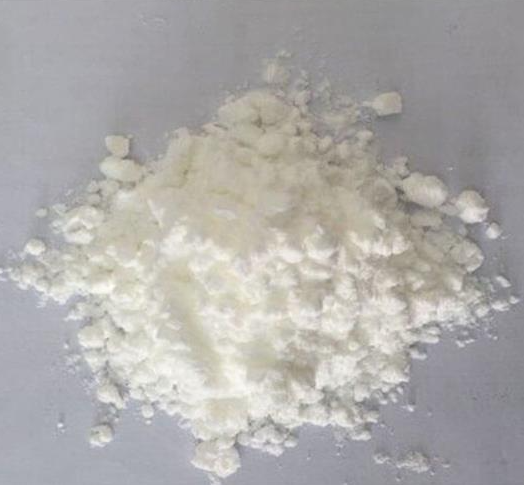
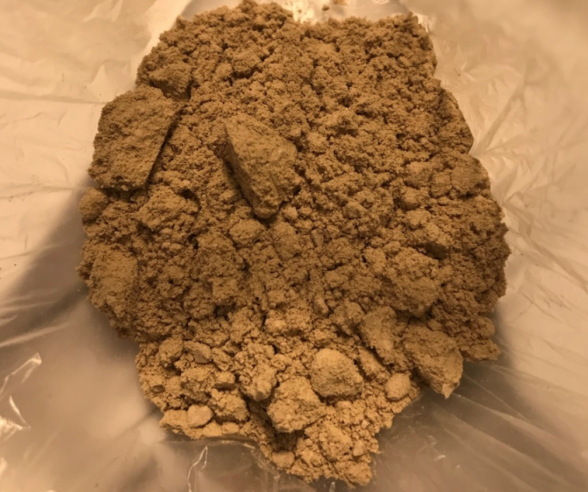


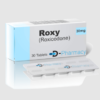
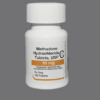
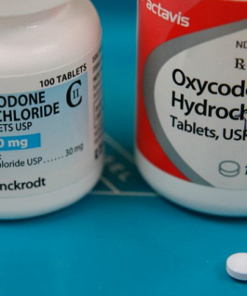
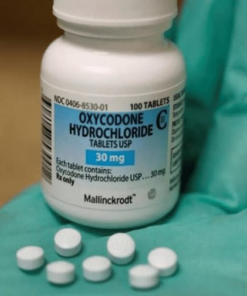
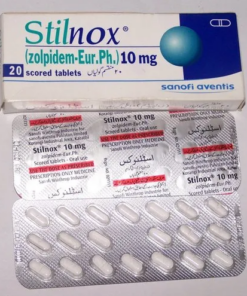
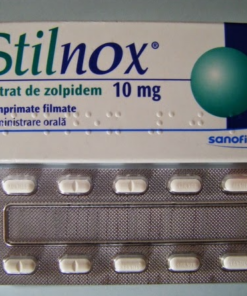





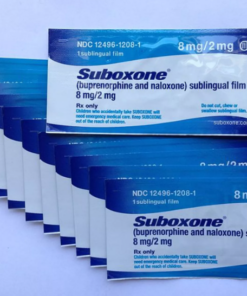

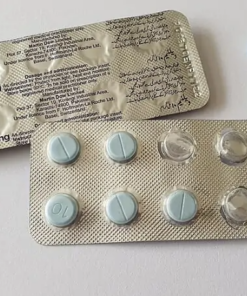
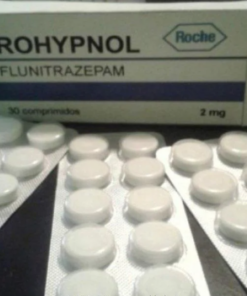
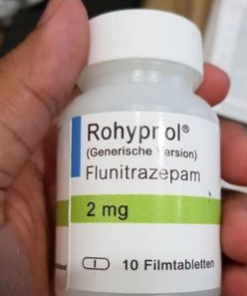


Reviews
There are no reviews yet.